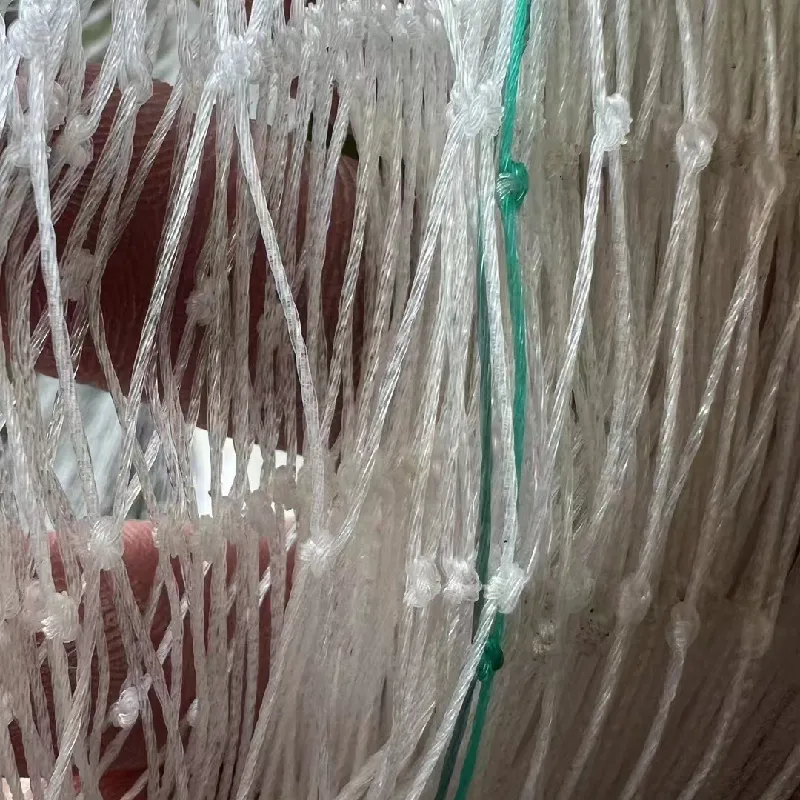Using Netting Techniques to Effectively Prevent Insects from Entering Your Home and Garden
Netting to Keep Bugs Out A Practical Solution for a Pest-Free Environment
As we navigate the joys and challenges of gardening and outdoor activities, one common nemesis stands in our way bugs. From mosquitoes buzzing around during evening barbecues to aphids ravaging our beloved plants, pests can quickly become a significant nuisance. However, one effective solution to keep these unwelcome visitors at bay is netting. This simple yet powerful tool not only protects our gardens but also enhances our outdoor experiences.
Understanding the Role of Netting
Netting is a versatile barrier that can be used in various forms to block insects while allowing air, sunlight, and rain to nourish plants. There are different types of nets available, including fine mesh, shade cloth, and insect netting, each serving specific purposes. The primary function of netting is to create a physical barrier that prevents insects from reaching plants or areas where they are unwanted.
For gardeners, insect netting can be particularly beneficial. It helps protect crops from a wide range of pests, including caterpillars, beetles, and aphids, which can cause extensive damage if left unmonitored. By deploying netting over plants, gardeners can significantly reduce the need for chemical pesticides, promoting a healthier ecosystem for both plants and beneficial insects like bees and butterflies.
Types of Netting
1. Insect Netting This type features very fine mesh, which effectively blocks most insects while allowing beneficial pollinators to access the plants. It is an excellent choice for vegetable gardens and flower beds.
2. Debris Netting Useful for protecting plants from larger pests and environmental elements, this netting shields plants from birds and heavy winds while also preventing falling debris from damaging delicate foliage.
netting to keep bugs out

3. Shade Cloth While its primary purpose is to provide shade, it can also serve as a barrier against larger pests. Shade cloth can be used to protect plants from strong sunlight while minimizing the risk of insect infestation.
4. Floating Row Covers These lightweight fabrics can be placed directly over crops to provide warmth and protection. They act as a protective layer that can keep pests away while allowing moisture and air to circulate.
Advantages of Using Netting
The benefits of netting extend beyond pest control. It plays a crucial role in promoting sustainable gardening practices. By reducing the reliance on chemical insecticides, netting helps protect pollinators, soil health, and the overall ecosystem. Moreover, netting can prolong the growing season by providing a microclimate that retains warmth during cooler nights.
Another significant advantage is the ease of installation. Most netting options are lightweight and can be easily draped over plants or secured to garden frames. This makes it a practical solution for both novice and experienced gardeners. Additionally, netting is generally reusable, which further reduces waste and makes it an environmentally friendly option.
Conclusion
In a world increasingly concerned with sustainability and environmental health, netting emerges as a practical solution for keeping bugs out. Its ability to protect plants from pests while promoting a vibrant ecosystem makes it an invaluable tool for gardeners and outdoor enthusiasts alike. By incorporating netting into gardening practices, we can enjoy a more fruitful and bug-free environment, enhancing our connection to nature while also safeguarding it for future generations. Whether you are tending to a small herb garden or a larger agricultural project, consider the many benefits of netting as an effective barrier against pests. Your plants—and the ecosystem—will thank you.
-
The Versatility of Stainless Steel Wire MeshNewsNov.01,2024
-
The Role and Types of Sun Shade SolutionsNewsNov.01,2024
-
Safeguard Your Space with Effective Bird Protection SolutionsNewsNov.01,2024
-
Protect Your Garden with Innovative Insect-Proof SolutionsNewsNov.01,2024
-
Innovative Solutions for Construction NeedsNewsNov.01,2024
-
Effective Bird Control Solutions for Every NeedNewsNov.01,2024












